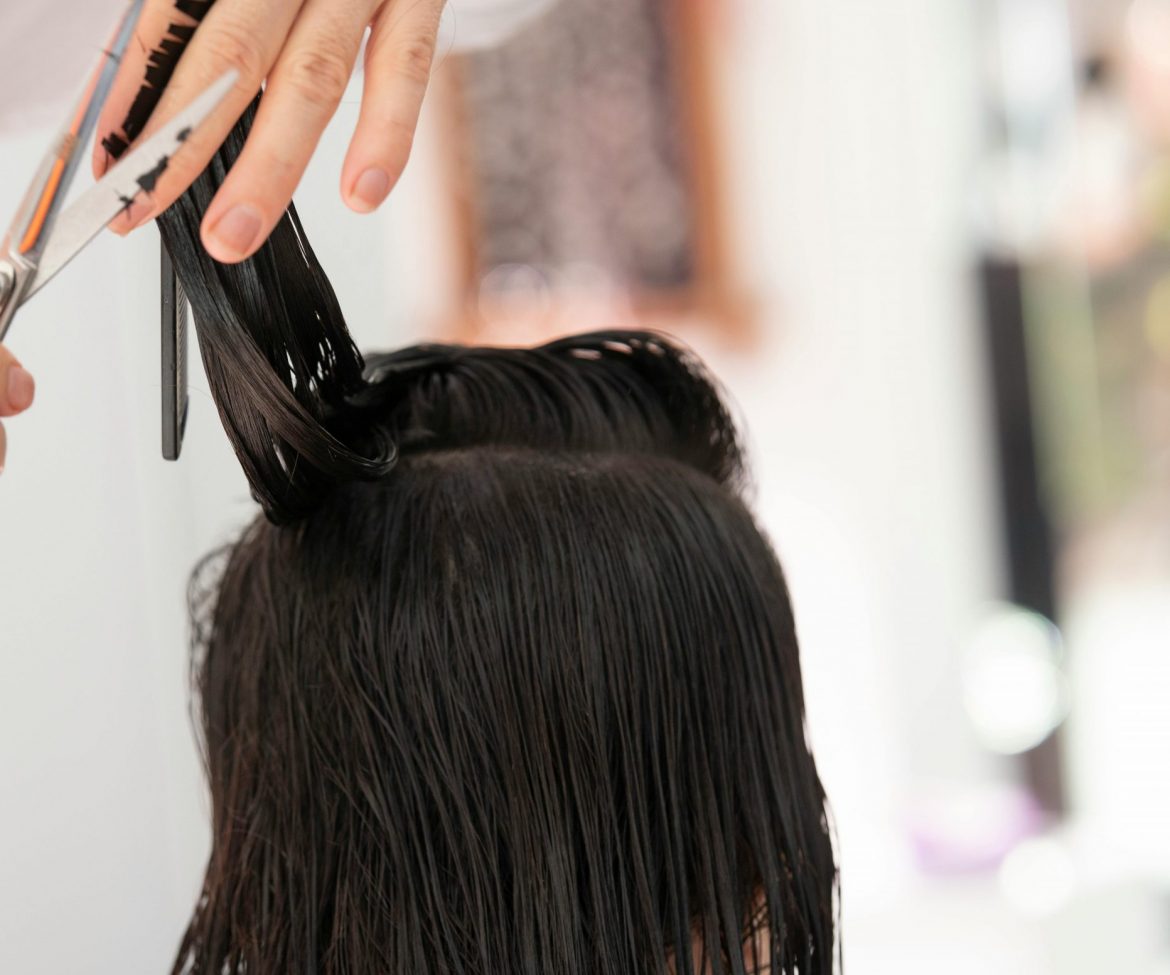There’s something undeniably tempting about getting a fringe (or bangs, depending on where you’re from). A fringe can instantly change your look — it can feel fresh, stylish, and even a little daring. But as with any major hair decision, cutting a fringe isn’t something you should do very impulsively when situations don’t go the way to intended (we see you, 11 p.m. mirror haircuts!).
Before you commit to the chop, here are a few important things to consider:
Understand your face shape
Not every fringe suits every face shape — and that’s perfectly okay!
- Round face? Longer, side-swept fringes tend to elongate.
- Square face? A softer, wispy fringe can help soften stronger jawlines.
- Oval face? Lucky you — most fringe styles will suit you!
- Heart-shaped face? Curtain bangs or a feathered fringe balance your look beautifully.
Knowing your face shape will help you and your stylist tailor the right fringe to enhance your natural features.
Maintenance is key
A fringe isn’t a “cut it and forget it” situation.
-
Trims: Expect to have trims every 3–4 weeks to keep it looking sharp.
-
Styling: Some fringes need daily styling — blow-drying, straightening, or even taming with products.
If you’re someone who prefers low-maintenance hair, you might want to think twice before committing to a full fringe.
Consider your hair texture
Your natural hair texture plays a massive role in how your fringe will behave.
-
Straight hair: Easier to style but can lie flat (hello, forehead oil!).
-
Wavy hair: Gorgeous for effortless, beachy fringes but might need some styling tools to manage frizz.
-
Curly hair: Totally possible! But you’ll need a stylist who knows how to cut curls specifically for a curly fringe.
Make sure you discuss your hair’s natural pattern with your stylist before the first snip.
Weather will matter
If you live somewhere humid, your fringe may develop a mind of its own. Rain, heat, and humidity can all cause unwanted frizz or flattening.
Having a few trusty styling products (like anti-frizz sprays or dry shampoo) will become essential for keeping your fringe looking fresh.
Your daily routine might change
Washing your hair less often? A fringe might complicate that, since fringes tend to pick up oil from your forehead faster than the rest of your hair.
Some people find they have to wash or refresh their fringe daily, even if the rest of their hair is fine.
If you’re a “wake up and go” type, consider whether you’re willing to add a few extra minutes to your morning routine.
Growing it out can be awkward
It’s just reality – growing out a fringe takes patience.
Be prepared for an awkward phase or two, where clips, bobby pins, or creative partings become your best friends.
Of course, a good stylist can help you transition your fringe smoothly into face-framing layers when you’re ready to change things up.
Start small
If you’re unsure, ask your stylist to start with a longer, softer fringe rather than diving straight into a blunt micro-bang.
You can always go shorter later if you love the look, but it’s much harder (and slower!) to undo a too-short fringe.
Cutting a fringe can be life-changing (in the best way!) — adding a youthful, stylish, and even edgy element to your look.
But taking a little time to consider your face shape, maintenance level, hair texture, and lifestyle will save you a lot of future frustration.
If you’re still unsure, consult with a trusted stylist — a professional opinion can give you clarity and even some alternatives you hadn’t thought of!
Pro tip: Remember, if it’s just a phase, hair always grows back.
ALSO SEE:
Featured Image: Pexels

